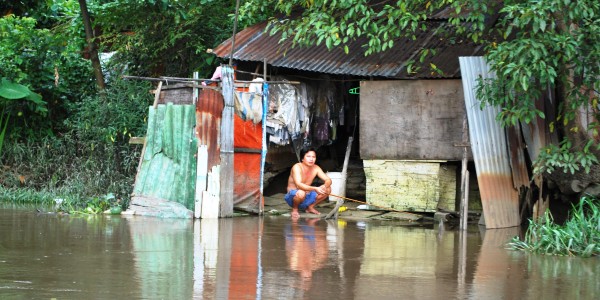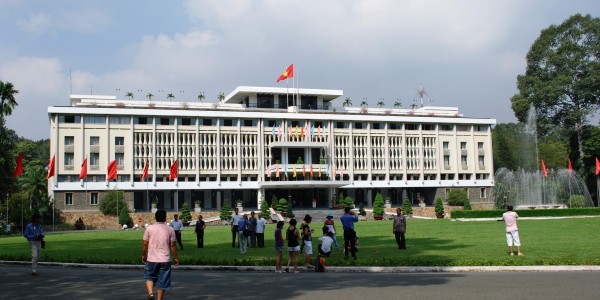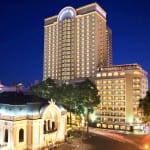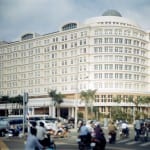Formerly known as Saigon, Ho Chi Minh City is the country’s commercial centre and a lively city with over eight million inhabitants and four million motorbikes! This is the city that never sleeps and a place of boundless energy with not only great hotels and wonderful cuisine, but a fascinating history, rich culture and a seamless blend of the ancient and modern where one minute you can be wandering down bustling little alleyways and next you find yourself staring up at sleek, shiny skyscrapers. This is a city that is fast developing into one of the most metropolitan cities in the Far East.
Ho Chi Minh City (Saigon)
Why visit Ho Chi Minh City (Saigon) ?
- Embark a thrill seeking street food tour by Vespa scooter
- Crawl though the infamous Cu Chi tunnels
- View Ho Chi Minh City from the highest local landmark, the Bitexo Tower
- Learn of the country’s troubled past at the War Remnants museum
- Shop for bargains at Ben Thanh Market
Despite the well-documented hustle and bustle, Saigon retains its connections with the past and the city’s historic landmarks include the Notre Dame Cathedral, a red brick neo-Romanesque edifice built between 1877 and 1880 with twin spires and based on the original construction from Paris. The former Presidential Palace, the headquarters of the Saigon Government during the Vietnam war, reveals the history of Saigon during its turbulent recent past.
Cholon is the bustling Chinatown region of the city well known for its markets, restaurants and pagodas, whilst a wander down the lovely tree-lined avenue of Dong Khoi street, offers some of the most exclusive shopping in the city.
To the north west is the Cao Dai Great Temple, which houses not only the temple, but also a hospital of traditional medicines, which is frequented by people from all over the south of the country.
Also to the northwest of Saigon, through the typical lush southern Vietnamese countryside, are the famous Cu Chi tunnels. The tunnel complex was initially started in 1948 to protect the Viet Cong guerrillas from the French air and ground sweeps. The tunnels also served as communication routes, storage facilities for food and weapon caches as well as hospitals and living quarters for guerrilla fighters throughout the war. A visit to the underground villages provides a good understanding of the tunnels’ history, the hardship of life in the tunnels and the Vietnamese resilience during combat.
LOCATION
VIETNAM KEY INFO
Visa
A Visa is required for UK passport holders.
Health Requirements
No mandatory vaccinations are required. Yellow Fever required if arriving from an endemic area.
Time Difference
GMT + 7 Hours
Flight Time
11.5 hours Direct
NEWSLETTER SIGNUP
Keep up-to-date with the latest travel trends, inspiration for future trips and competitions to win luxury travel vouchers.
Subscribe







![people's_committee_building_-_hcmc[1] people's_committee_building_-_hcmc[1]](https://world-odyssey.com/wp-content/uploads/2017/01/peoples_committee_building_-_hcmc1-600x300.jpg)









